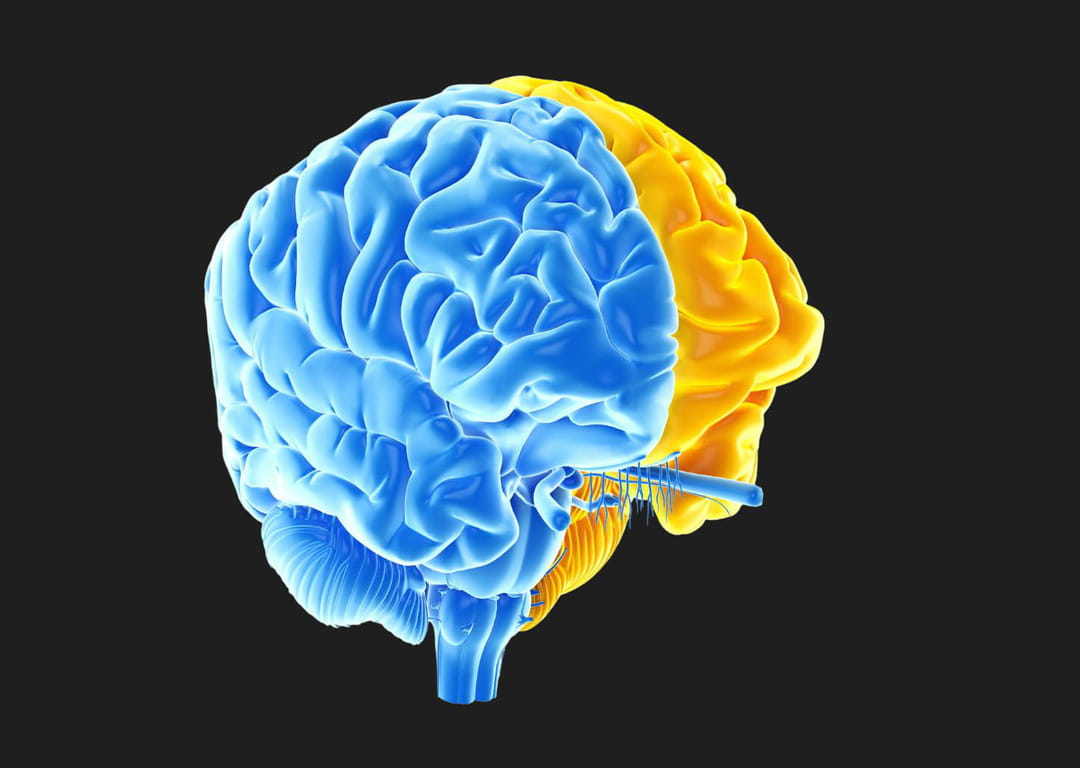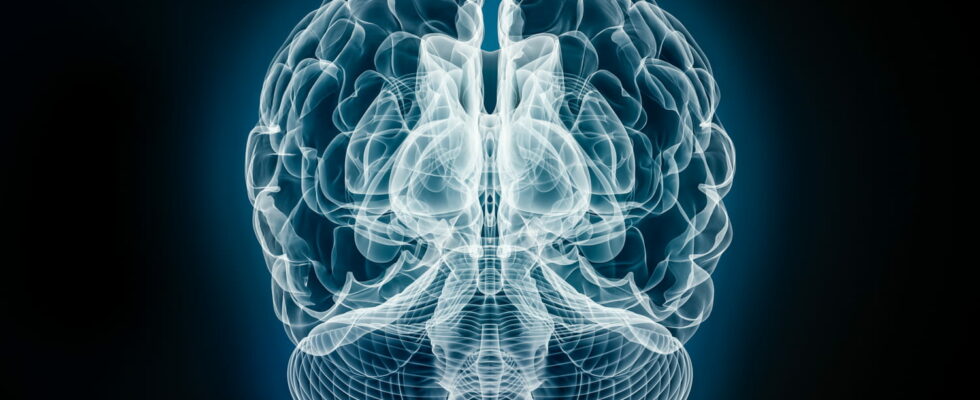It’s a rare phenomenon, but some people have two brains. A specificity which endows them with mysterious physical particularities
We don’t teach you anything: the brain is divided into two parts called “hemispheres”. On the other hand, the idea that one cerebral hemisphere takes precedence over the other is false. There are no people who are more “right-brained” and others more “left-brained”.
In reality, the two hemispheres constantly communicate with each other thanks to “axon bundles”, a sort of communication channel. However, sometimes a “callosotomy” is carried out as a last resort treatment for severe epilepsy. This operation consists of a partial or total section of the “corpus callosum”. This transverse corner of the brain is a sort of bridge connecting the right hemisphere to the left hemisphere. “Behind this intervention lies the idea that an epileptic attack triggered in one hemisphere will not be able to spread to the other”, indicates the scientific journalist, Pierre Barthélémy in The World.
Neuroscientists have also noticed that patients who underwent this operation were easier than normal subjects when they were asked to perform two tasks at the same time. However, this type of ability is not very common since people with “split brain” syndrome are difficult to find.

For good reason, situations leading to more or less significant lesions of the corpus callosum are rare. Despite everything, a stroke, an infectious lesion, a tumor or a ruptured artery can promote their appearance. These events with unexpected repercussions therefore sometimes have an effect similar to that of callosotomy. This is why this operation should not be taken lightly, as explained by Michael Gazzaniga, the father of “split brain” syndrome.
“We tested a patient before the operation, and everything worked fine. If you put an object in one hand, the other hand knew it. If you placed an object in one field of vision, the other field visual also knew it After the operation, we made him repeat exactly the same series of tests, and surprise: the patient could easily name the objects placed in his right hand, which were projected into the left hemisphere, the verbal center. However, when the same object was placed in its left hand, the patient claimed to have nothing in his hand. The result was the same for the visual field. I still can’t believe it.”, he confided. National Geographic.
This phenomenon is partly explained because information for the sense of touch is relayed from the left side of the body to the right hemisphere. However, the function of language is mainly located in the left hemisphere. Without an intact corpus callosum, a person therefore cannot access verbal information from the left brain as long as the object remains in the left hand.
